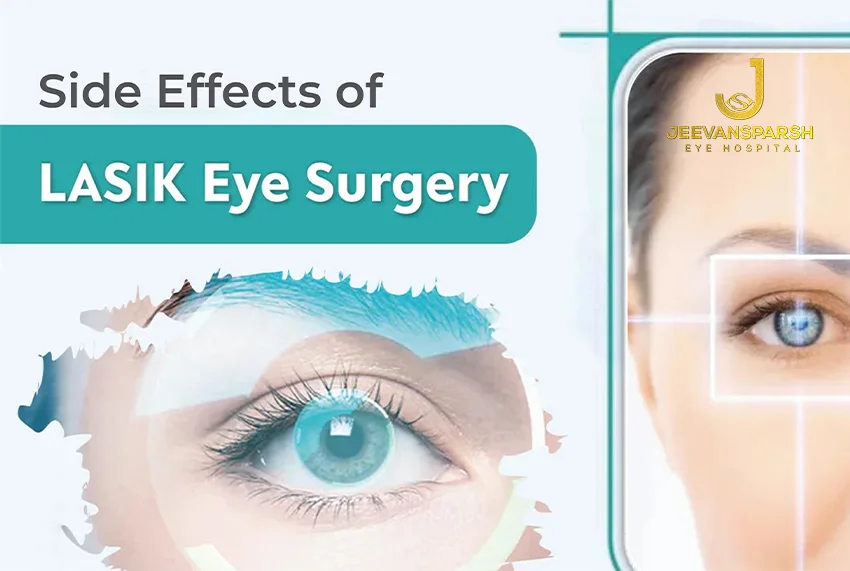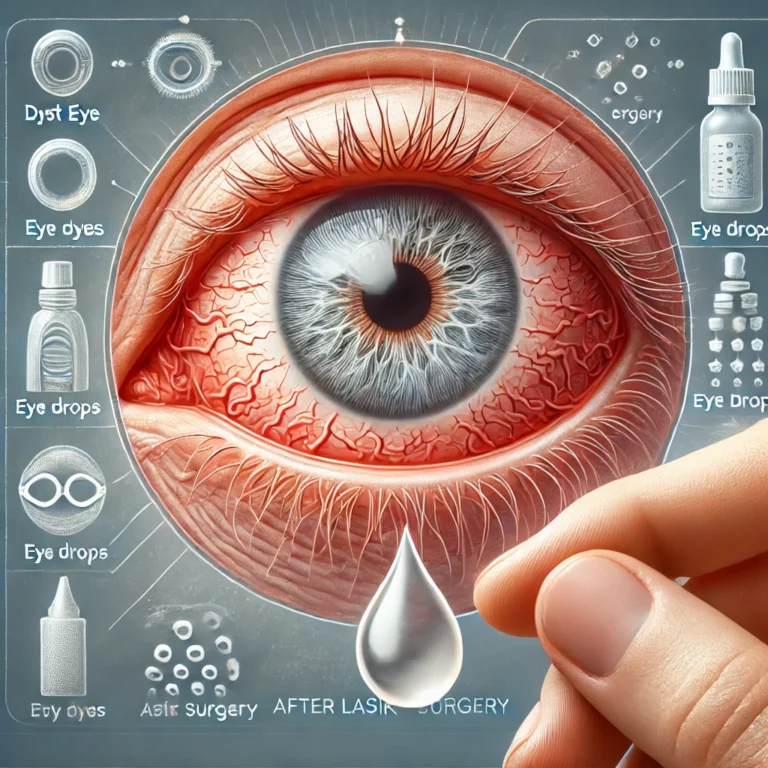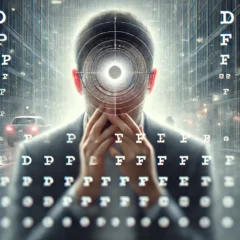

LASIK (Laser-Assisted In Situ Keratomileusis) eye surgery has revolutionized vision correction, offering a life free from glasses or contact lenses. However, like any medical procedure, LASIK comes with its own set of risks and side effects. If you’re considering this procedure, it’s crucial to understand both the short-term and long-term effects of LASIK surgery.
In this blog, we’ll dive into the side effects of LASIK, risks of LASIK eye surgery, and explore the long-term complications that might arise.
LASIK is a popular form of laser eye surgery used to treat nearsightedness, farsightedness, and astigmatism. It works by reshaping the cornea, improving the way light enters the eye to enhance vision. While the success rate of LASIK surgery is high, the side effects should not be ignored.

Although LASIK itself is painless, some discomfort or side effects are common after the procedure, but these are generally mild and temporary.
One of the most common side effects of LASIK surgery is dry eye syndrome. This happens when the surgery impacts the tear ducts, reducing tear production. Many patients experience dry eyes immediately after the surgery, which can last for several weeks or months.
Experiencing blurred vision after LASIK is common during the recovery period. This is generally temporary but can cause discomfort, especially when reading or driving.
Some patients report seeing halos around lights after LASIK surgery. This is most noticeable at night and is often associated with night vision issues.
Heightened light sensitivity is a frequent side effect after LASIK, making it uncomfortable for patients to be in bright environments. This typically subsides within the first few days post-surgery.
Eye pain after LASIK surgery is normal as the eye heals. However, if the pain persists or worsens, it’s essential to consult your doctor.
Patients often experience fluctuating vision in the first few weeks following LASIK. Vision may vary day-to-day but usually stabilizes within a few months.
Following the surgery, some patients report irritation or the feeling of having something in their eye. This side effect generally subsides as the eye heals.



In some cases, dry eyes persist long after the initial recovery period. Chronic dry eye can become a long-term issue, requiring regular use of eye drops or additional treatments.
For some, night vision issues such as seeing halos or glare from lights can last for months or years after the surgery. This can affect tasks like night driving.
Over time, your vision might regress, meaning that you could eventually need glasses or contact lenses again. Regression after LASIK is rare but possible, especially if you had a higher prescription before surgery.
Since LASIK involves creating a flap in the cornea, corneal flap complications can occur. This includes improper healing or dislocation of the flap, which may require further treatment.
Some patients experience eye pain months after LASIK surgery, often associated with nerve damage during the procedure. This pain could be mild or severe.
Undercorrection means that the LASIK procedure didn’t fully correct your vision, while overcorrection means the procedure went too far, potentially leading to long-term vision issues.
Although rare, some individuals report chronic headaches after LASIK. These could be caused by changes in eye pressure or strain from adjusting to new vision.
Some patients may experience glare or double vision for extended periods after the surgery. These symptoms may be minor but can affect day-to-day activities.
A serious but uncommon complication, corneal ectasia happens when the cornea becomes weakened and bulges outward, leading to distorted vision. This requires further treatment and, in some cases, a corneal transplant.
Visual distortions such as starbursts, ghosting, or difficulty in focusing on certain objects might occur long after the procedure, especially in low-light situations.



Although rare, eye infections can occur after LASIK. These can lead to severe complications if not treated promptly.
While extremely rare, some patients report partial or total vision loss due to complications from LASIK surgery.
The eyes might struggle to adjust to their new vision, leading to long-term eye muscle strain. This can cause discomfort and, in some cases, result in the need for corrective lenses again.
The side effects of LASIK eye surgery vary from person to person. While many patients achieve excellent results with minimal complications, it’s essential to be aware of the risks involved. Laser eye surgery risks can range from mild discomfort to more severe, long-term complications.
If you’re considering LASIK, talk to your eye surgeon about your specific risk factors and whether you’re a suitable candidate. Consider alternatives like SMILE eye surgery, which some claim has fewer complications.
Before undergoing LASIK, weigh the risks of LASIK surgery against the benefits. While the majority of patients experience improved vision and minimal side effects, there are potential complications and long-term effects to be mindful of.
Consult a certified ophthalmologist to get a personalized assessment and make an informed decision about your eye health. Ultimately, choosing LASIK should be based on a clear understanding of the dangers of LASIK eye surgery, balanced with its life-changing potential for enhanced vision.